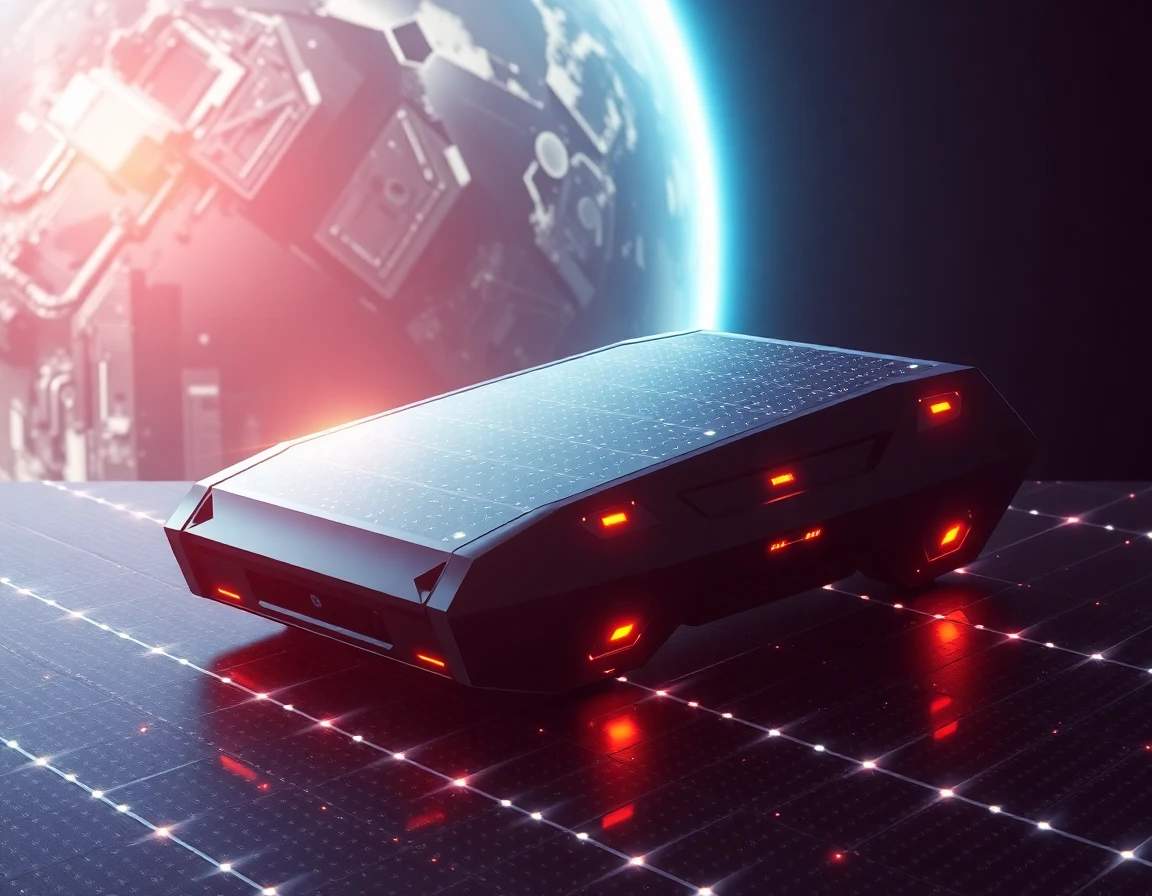As the world grapples with the challenges of climate change and the demand for renewable energy sources, space solar power emerges as a promising solution. Recent advancements in orbital solar power collection and transmission systems signal a significant leap forward in harnessing solar energy from space, which could revolutionize energy supply on Earth.
What is Space Solar Power?
Space solar power refers to the collection of solar energy in space, typically by satellites, and its transmission back to Earth. Unlike terrestrial solar panels, which are limited by weather conditions and daylight hours, space-based systems can collect solar energy continuously, providing a consistent and reliable power source. According to experts, this technology could play a critical role in addressing global energy needs.
Recent Developments in Orbital Solar Power Systems
Recent projects, such as those led by the U.S. Department of Defense and private companies like Northrop Grumman and SpaceX, have made substantial progress in the development of solar power satellites. These satellites are designed to convert solar energy into microwave energy, which can then be beamed down to Earth, where it is converted back into electricity.
Dr. Emily Carter, a leading researcher in renewable energy technologies, states, “The advancements we are seeing in orbital solar power technologies could provide a game-changing solution to Earth’s energy crisis. Continuous energy supply from space could mitigate many of the limitations faced by ground-based solar systems.”
Technical Specifications and Innovations
One of the key innovations in space solar power technology is the incorporation of high-efficiency photovoltaic cells, which are critical for maximizing energy conversion rates. These cells are often developed using advanced materials such as gallium arsenide, which outperform traditional silicon cells in efficiency and weight.
Additionally, precision accelerometers will play a vital role in stabilizing solar panels in orbit, ensuring they remain optimally positioned towards the sun. This technology is essential for maximizing energy capture and maintaining the integrity of power transmission systems.
Moreover, thermal management systems are crucial for regulating the temperature of solar panels, especially in the harsh environment of space where temperature fluctuations can be extreme. Efficient thermal management ensures that the panels operate at peak performance, minimizing the risk of damage and maximizing energy output.
Challenges and Considerations
Despite the exciting potential of space solar power, several challenges must be addressed before widespread implementation can occur.
Cost and Feasibility
The cost of launching and maintaining solar satellites in orbit is currently high, which raises questions about the economic viability of such projects. Industry analysts suggest that advances in reusable rocket technology and innovations in satellite design may help to reduce these costs over time.
Regulatory and Safety Concerns
Another significant concern is the regulatory framework governing space-based energy transmission. The safety of transmitting energy via microwaves to Earth must be thoroughly evaluated to prevent unintended consequences.
Future Impacts of Space Solar Power
The implications of successful space solar power technology could be monumental. Not only could it provide a sustainable energy source for remote locations, but it could also support critical infrastructures during natural disasters or power outages.
In addition, as the technology matures, it may lead to the development of new markets for energy trading and international cooperation on energy resources. The potential for satellite communication to facilitate these developments cannot be overlooked; advanced satellite communication systems will enable real-time monitoring and management of energy transmission processes, ensuring efficiency and safety.
Expert Insights
To gain further insights into the future of space solar power, we spoke with Dr. Marcus Lee, an aerospace engineer specializing in renewable energy systems. He remarked, “The integration of space solar power with existing satellite communication networks could create a seamless energy grid that is not only efficient but also resilient against terrestrial challenges.”
Conclusion
As we stand on the brink of a new era in energy technology, the development of space solar power systems presents both exciting opportunities and formidable challenges. While there is still much work to be done to bring this vision to fruition, the collaboration between government agencies, private enterprises, and academic institutions will be crucial in driving progress. Ultimately, the successful implementation of space solar power has the potential to reshape our energy landscape, offering a sustainable solution to one of the most pressing challenges of our time.



